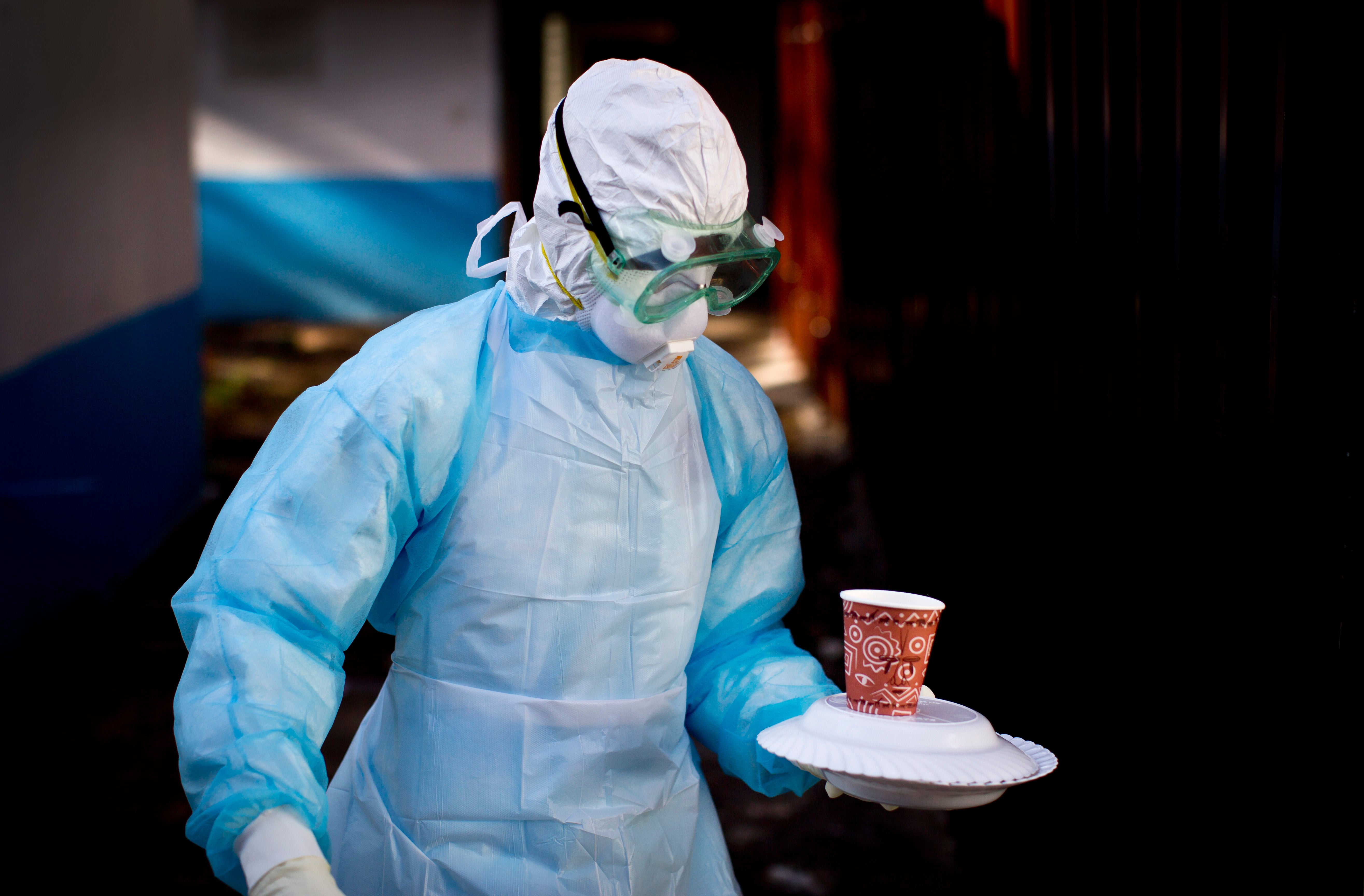Bleeding eye disease kills eight after outbreak in new country
WHO sounds alarm after deadly Marburg virus kills 8 people in key east African transport hub

Your support helps us to tell the story
From reproductive rights to climate change to Big Tech, The Independent is on the ground when the story is developing. Whether it's investigating the financials of Elon Musk's pro-Trump PAC or producing our latest documentary, 'The A Word', which shines a light on the American women fighting for reproductive rights, we know how important it is to parse out the facts from the messaging.
At such a critical moment in US history, we need reporters on the ground. Your donation allows us to keep sending journalists to speak to both sides of the story.
The Independent is trusted by Americans across the entire political spectrum. And unlike many other quality news outlets, we choose not to lock Americans out of our reporting and analysis with paywalls. We believe quality journalism should be available to everyone, paid for by those who can afford it.
Your support makes all the difference.Eight people have died in Tanzania’s Kagera region following a suspected outbreak of the Marburg virus disease, according to the World Health Organization.
The virus, related to Ebola and frequently fatal, is sometimes known as the bleeding eye disease because it damages the patient’s blood vessels, causing them to bleed from various orifices including their eyes.
As of 11 January, a total of nine cases had been recorded, including among healthcare workers, across the districts of Biharamulo and Muleba.
Authorities are working to trace the source of the outbreak and identify additional cases.
Samples taken from two patients have been tested by the National Public Health Laboratory and the results are pending official confirmation, WHO said.
The Kagera region, which first experienced an outbreak in March 2023, is an important transport hub in East Africa and poses a high regional risk for the disease, WHO warned. The previous outbreak lasted about two months with nine cases and six deaths.
Neighbouring countries Rwanda, Uganda, Burundi, and Congo could potentially face crossborder spread.
At least 66 people were infected and 15 died from the Marburg virus disease in Rwanda last year, according to its health ministry.

In spite of the regional threat, global risk remains low as the virus does not spread easily between people, WHO said.
According to a WHO risk assessment, it is high at the national level, with concerns about “lack of a full information of the current outbreak”. But “global risk is currently assessed as low”.
The Marburg virus disease, a rare but severe haemorrhagic fever, shares similarities with Ebola. Symptoms often begin within two to 21 days of exposure and include fever, headache, muscle pain, sore throat, nausea, diarrhoea, and rash. The illness can escalate to more severe complications such as shock, organ failure, and internal bleeding.
Transmission occurs through direct contact with the bodily fluids of infected individuals or contaminated surfaces. The virus is also linked to the Egyptian rousette bat, whose saliva, urine and faeces can transmit the pathogen to humans.
The virus is part of a family of microorganisms known as filoviruses, which includes the deadly Ebola. In fact, the two are "clinically almost indistinguishable", according to the UK government’s Travel Health Pro website.
Health officials recommend strict precautions, including avoiding contact with infected individuals’ fluids, refraining from handling contaminated items, and steering clear of bats and non-human primates in areas where the virus is present.
Named after Marburg, Germany, which suffered an outbreak in 1967, the virus has historically been linked to research involving infected monkeys. The disease has since remained rare but lethal, with no specific treatment or vaccine available.
After up to five days of fever, patients begin to suffer damage to their blood vessels, which can cause internal bleeding, psychological symptoms such as confusion and aggression, and persistent bleeding from the nose, gums, vagina, eyes, mouth, or ears.
In one notable case from 2008, a 44-year-old woman contracted the virus during a safari in Uganda after visiting a bat-infested cave. She did not transmit the virus to others, underscoring the disease’s relatively low transmissibility under controlled conditions.
Global health authorities continue to monitor the situation closely, urging vigilance to prevent further spread in the region.
Join our commenting forum
Join thought-provoking conversations, follow other Independent readers and see their replies
Comments